1. Antique Clocks
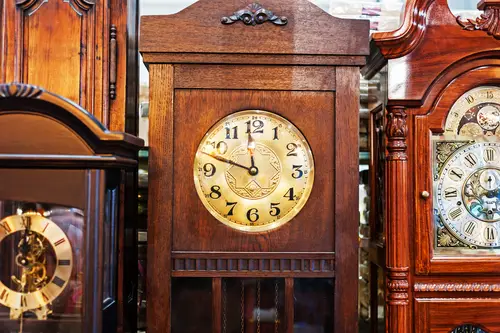
Antique clocks capture both time and artistry. Collectors love everything from ornate French mantel clocks to English longcases. Dealers know they’re appealing because they combine mechanics with design. At auction, clocks often tick up quickly in price.
Rarity, maker, and condition drive demand, as do special features like automata. Many clocks are unique creations, giving them one-of-a-kind appeal. Enthusiasts see them as both functional and historical. Dealers fight for them because timepieces never go out of style.
2. Victorian Writing Desks
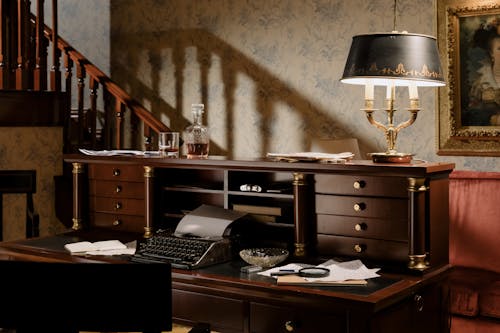
Victorian writing desks are more than just furniture—they’re miniature time capsules of 19th-century craftsmanship. Many are made of mahogany or walnut, often with intricate carvings and hidden compartments that collectors love. They’re also highly practical, which makes them appealing to modern buyers who want something usable. That combination of beauty, function, and rarity makes dealers bid hard whenever one shows up.
At auction, condition is everything, since original hardware and inlay work add significant value. Provenance can also make or break the price—if a desk belonged to a notable figure, it might go for double or triple its estimate. Dealers know clients are always looking for “statement pieces” that carry history into their homes. That’s why these desks almost never go unnoticed.
3. Tiffany Lamps
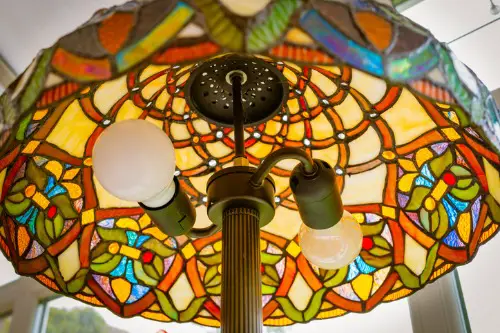
When a Tiffany lamp comes up for sale, the room usually stirs with excitement. These lamps, first produced in the late 1800s, are instantly recognizable for their stained-glass shades and Art Nouveau flair. Their colors and patterns were painstakingly hand-cut and assembled, making each one unique. As a result, collectors see them as both functional and fine art.
Original Tiffany lamps are heavily counterfeited, which adds to the drama of auction battles. Dealers compete because owning even one authentic example can define a collection. Prices have been known to soar into the hundreds of thousands for the rarest designs. Every auctioneer knows to expect a buzz when these glow under the lights.
4. Qing Dynasty Porcelain
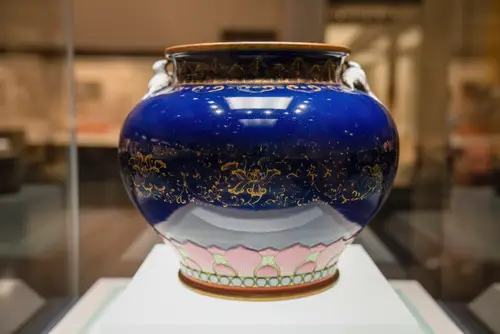
Chinese porcelain from the Qing Dynasty is among the most fiercely contested categories in auction houses worldwide. Pieces can be deceptively simple at first glance, but the glaze, markings, and artistry tell a story of imperial tastes. Collectors and museums covet them for their cultural and historic weight. The global demand ensures that even small bowls can cause bidding wars.
Dealers know that certain reign marks, like Kangxi or Qianlong, can skyrocket the value. That’s why authentication is critical—fakes are common, and a sharp eye is essential. Buyers see these objects not only as beautiful but also as solid investments. Every lot with Qing porcelain is a potential headline-maker.
5. Art Deco Jewelry
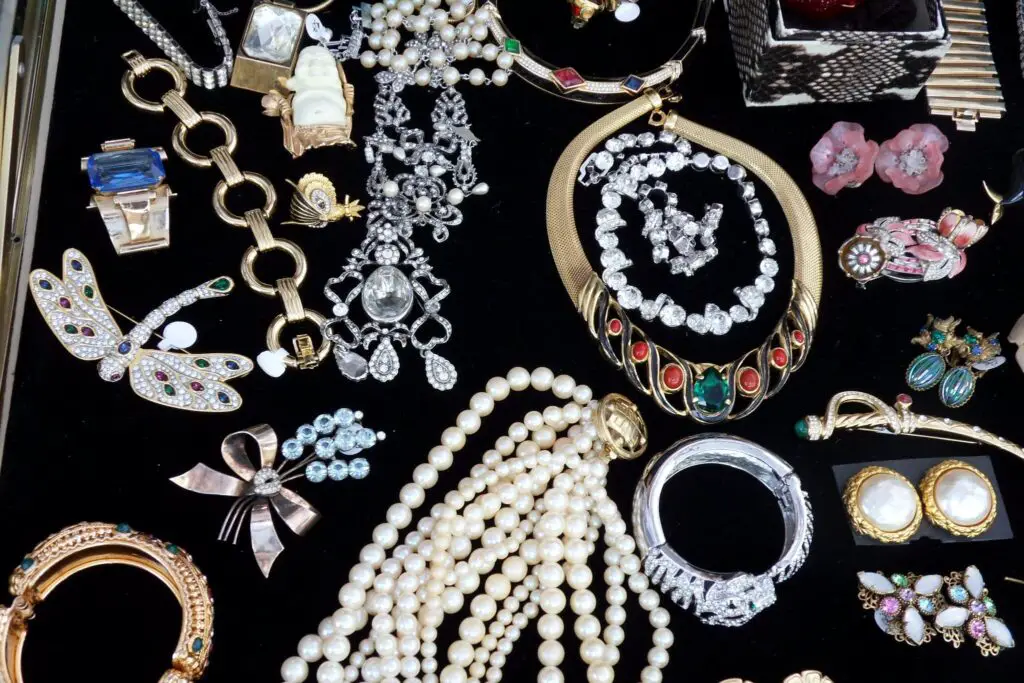
Art Deco jewelry has a magnetic draw because of its bold geometry and use of platinum, diamonds, and colored stones. Produced mainly between the 1920s and 1930s, these pieces embody glamour and modernity. Collectors love how wearable they still are, despite being nearly a century old. Dealers know that few categories cross fashion and fine art as seamlessly.
What makes them hot at auction is the limited supply—many were lost, melted down, or altered over time. Famous makers like Cartier or Van Cleef & Arpels send prices soaring. Even unsigned pieces with distinctive styling can fetch surprising amounts. Jewelry that turns heads in the auction room will almost always bring a fight.
6. First Edition Books
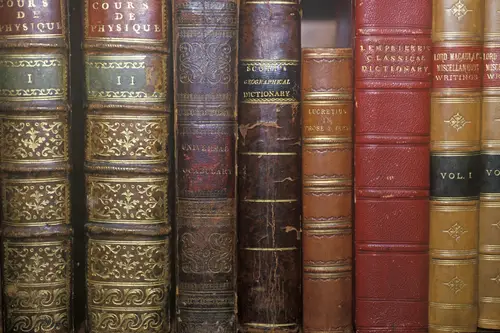
First editions of famous works can cause as much commotion as fine art. Think of early printings of Dickens, Austen, or even 20th-century icons like Hemingway. Collectors value them not just for rarity but also for the tangible connection to literary history. Dealers know these books appeal to a passionate and loyal niche market.
Condition is everything, down to dust jackets that can be worth more than the book itself. Provenance—like a signed copy—can multiply the value instantly. Competition is often fierce because there are so few truly pristine examples left. Every first edition feels like rescuing a cultural treasure.
7. Mid-Century Modern Furniture

Mid-century modern furniture, with its clean lines and Scandinavian influence, is hotter than ever. Designers like Eames, Wegner, and Saarinen are practically household names now. Collectors appreciate how these pieces fit seamlessly into contemporary interiors. That “timeless” appeal drives auction fights among both seasoned dealers and new buyers.
Originals are harder to come by since reproductions flood the market. Dealers want authentic pieces because they retain their value and prestige. A well-documented chair or table can climb in price quickly, especially if it’s in good condition. The mix of style, comfort, and collectability makes this category a battlefield.
8. Bronze Sculptures

Bronze sculptures attract serious attention because they blend durability with artistry. From small figurines to large works, these pieces often have remarkable detail. Collectors love bronzes from the 19th and early 20th centuries, especially from artists like Rodin or Remington. Dealers know these works are investments that hold cultural cachet.
The casting method matters—lost-wax bronzes, for instance, are highly prized. Limited editions add further scarcity, fueling competition. At auction, even modestly sized works can spark a frenzy if the artist has name recognition. Bronzes always feel like owning a piece of permanence, which drives up demand.
9. Sterling Silver Tea Sets
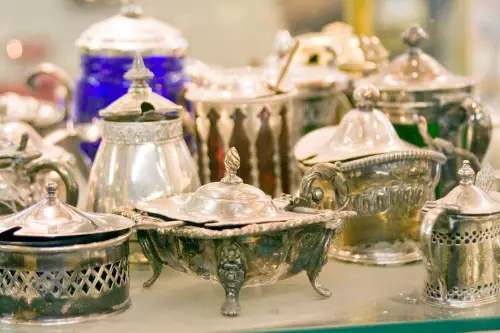
Silver tea sets carry with them a sense of elegance and history. They were once household staples in the 18th and 19th centuries, especially among wealthy families. Collectors look for sets by renowned silversmiths or with ornate detailing. Dealers know that these pieces appeal to buyers seeking both function and display value.
The weight of silver alone gives them inherent value, but craftsmanship is what drives prices higher. Monograms, maker’s marks, and decorative motifs all matter. At auction, complete sets often attract heated bidding since many were broken up over the years. Dealers jump because they know intact sets are increasingly rare.
10. Pocket Watches
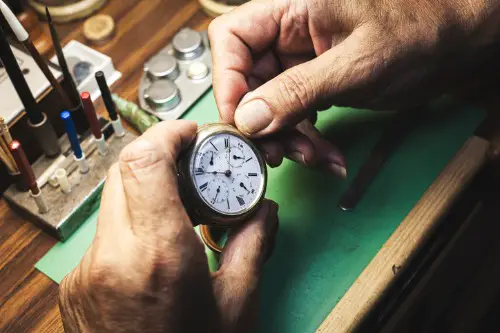
Antique pocket watches are miniature feats of engineering. Collectors admire their precision, intricate cases, and historical context. Some were produced by top makers like Patek Philippe or Vacheron Constantin, which makes them especially sought after. Dealers compete because these watches appeal to both horology enthusiasts and general collectors.
Rarity factors like complications, enamel work, or unusual dials drive the value. Provenance again matters—watches owned by notable figures command a premium. At auction, even common pieces in good condition find eager buyers. The mix of beauty, function, and history ensures competition.
11. Native American Pottery
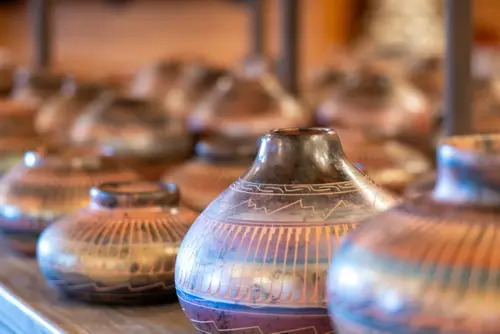
Native American pottery is deeply valued for both artistry and cultural heritage. Tribes like the Hopi, Pueblo, and Navajo produced stunning pieces with unique designs and symbolism. Collectors respect the craftsmanship and see these works as vital links to history. Dealers know that authenticity and condition are paramount in this category.
Older pots with distinctive tribal markings command fierce bidding. Provenance and ethical sourcing play a big role, too, as museums and collectors want transparency. Scarcity adds fuel, since many examples are already in institutional collections. Dealers compete hard because every piece carries cultural weight and lasting value.
12. Antique Maps
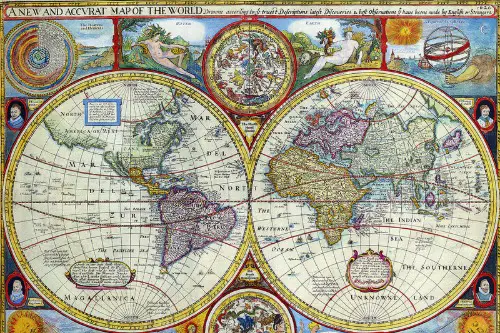
Antique maps fascinate collectors because they offer a glimpse into how the world was once understood. Whether it’s a 16th-century world map or a regional chart, each reflects history in ink. Cartographers like Blaeu or Ortelius are especially collectible. Dealers recognize the crossover appeal between history buffs and art lovers.
Condition is critical—tears, stains, or fading can cut values significantly. Rarer maps, like those with early depictions of America, often ignite bidding wars. Even decorative maps can climb quickly if the artistry is strong. Every auction with maps feels like uncovering hidden treasure.
13. Military Memorabilia
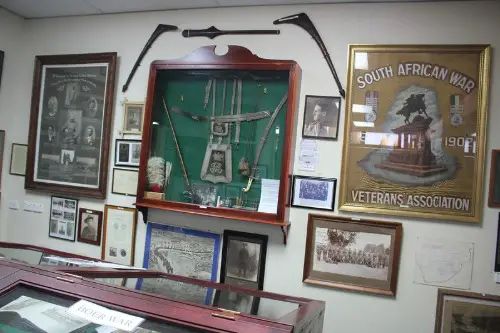
From Civil War uniforms to World War II medals, military memorabilia always stirs emotion. Collectors are drawn to the personal stories attached to these artifacts. Dealers know that items with documented provenance—like letters or photos—fetch higher prices. Every piece feels like a direct connection to history.
Competition is strongest for items tied to famous battles or figures. Condition and authenticity are key, since reproductions are common. Museums often bid alongside private collectors, raising the stakes. That mix of history, rarity, and sentiment ensures auctions heat up.
14. Vintage Musical Instruments
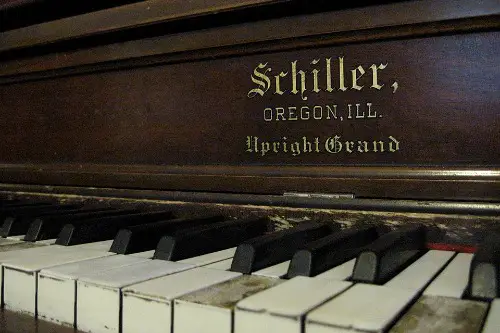
Violins, guitars, and pianos often become stars at auction. Instruments from makers like Stradivari or Gibson are both playable and collectible. Dealers know musicians and investors alike will bid fiercely. Owning a famous instrument is as much about prestige as sound.
Condition and originality matter—alterations can slash value. Provenance adds weight, especially if a notable musician once owned it. Rare models sometimes sell for record-breaking sums. Every instrument carries a story, and bidders want to be part of it.
15. Persian Rugs
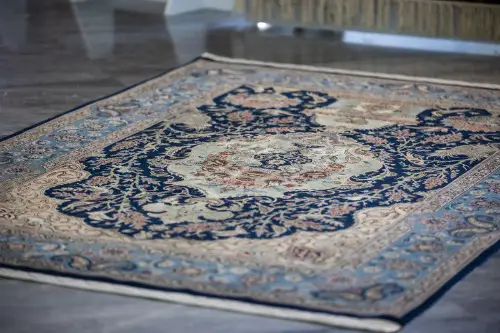
Persian rugs are prized because each one is essentially a woven painting. The intricate designs and natural dyes tell stories rooted in centuries of tradition. Collectors often look for rugs from specific regions like Tabriz or Isfahan, where craftsmanship is especially renowned. The older and better-preserved the rug, the more intense the competition.
Dealers fight for them because rugs appeal to both seasoned collectors and newcomers. They’re usable as décor while also appreciating in value, which is a rare combination in the antiques world. A rug with an unusual motif or rare size can double its price in a bidding war. That universal appeal keeps them at the top of dealer wish lists.
16. Vintage Advertising Signs

Vintage advertising signs are a booming category at auctions, often sparking bidding wars among collectors. Whether it’s enamel Coca-Cola signs, old gasoline logos, or whimsical soda shop posters, these pieces blend nostalgia with graphic design. Dealers know they’re hot because they tap into brand loyalty and Americana culture. The bold colors and iconic logos make them as much wall art as historical relics.
Condition plays a massive role, since rust and wear can either add charm or cut value, depending on the buyer. Rare signs, especially limited promotional runs, routinely soar past estimates. Collectors love them because they’re conversation starters that bridge commercial and cultural history. Dealers pounce quickly, knowing original signs are harder to find with each passing year.
17. Cameo Brooches
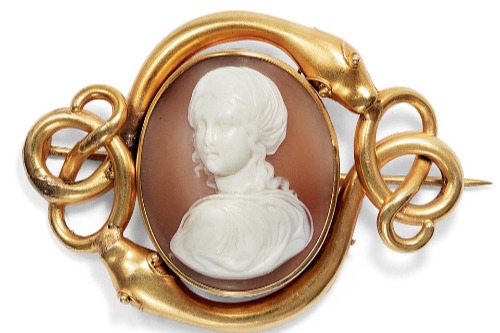
Cameo brooches, especially those from the 18th and 19th centuries, are highly sought after for their delicate artistry. These carved pieces, often in shell or stone, depict portraits or mythological scenes. Collectors admire them because they’re wearable history with a unique aesthetic. Dealers know they have strong appeal to both jewelry lovers and antique enthusiasts.
The value comes from craftsmanship, material, and the intricacy of the carving. Italian cameos, in particular, command fierce bidding due to their tradition of excellence. At auctions, even small brooches can spark competition if the detail is exceptional. For dealers, these tiny masterpieces pack a big punch in desirability.
18. Civil War Relics
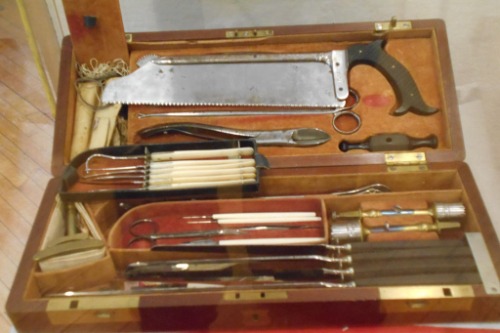
Civil War relics are among the most emotionally charged items in antique auctions. Collectors chase uniforms, weapons, and personal effects because they carry a powerful historical connection. Dealers understand that every item has a story tied to one of the most pivotal events in American history. The scarcity of authentic pieces ensures competition is always high.
Condition and documentation make the difference between a modest price and a bidding frenzy. Items linked to named soldiers or famous battles often draw the biggest fights. Museums frequently compete alongside private collectors, raising stakes significantly. Dealers know that Civil War relics appeal not only to historians but also to patriotic buyers.
19. Carnival Glass
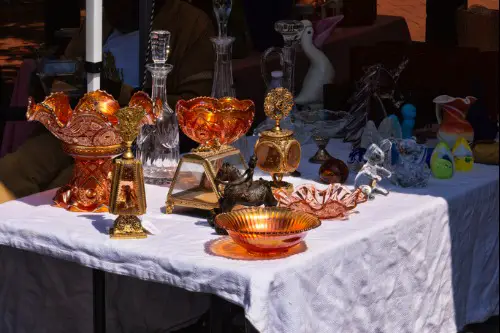
Carnival glass, with its iridescent sheen, continues to shine brightly in auction houses. Produced mostly in the early 20th century, these colorful pressed glass pieces were once inexpensive giveaways at fairs and carnivals. Collectors now see them as affordable yet charming antiques with wide display appeal. Dealers know certain rare patterns and colors can push values well beyond expectations.
At auction, hues like electric blue or deep marigold spark the fiercest bidding. Makers like Fenton and Northwood are especially prized, with unique motifs commanding top dollar. Carnival glass appeals to a broad audience since it’s both decorative and attainable. Dealers fight for standout pieces, knowing they’ll sell quickly.
20. Samurai Swords
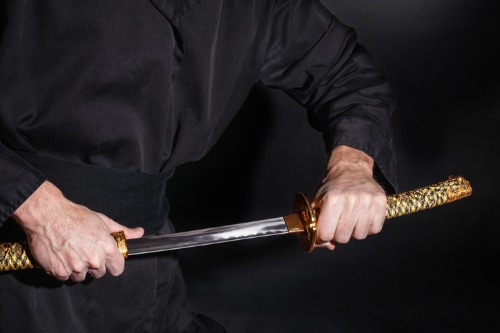
Japanese samurai swords are among the most dramatic and prestigious items dealers pursue. Each sword reflects centuries of craftsmanship, symbolism, and martial tradition. Collectors revere them not just as weapons but as cultural treasures. Dealers know a sword in good condition can anchor an entire collection.
Authentication is critical, since fakes are widespread and genuine blades carry lineage marks. Swords with documented provenance, especially those tied to notable families, skyrocket in value. Auctions often see fierce competition, with international buyers adding to the intensity. Samurai swords remain perennial favorites because they embody artistry, history, and legend all at once.
21. Vintage Cameras
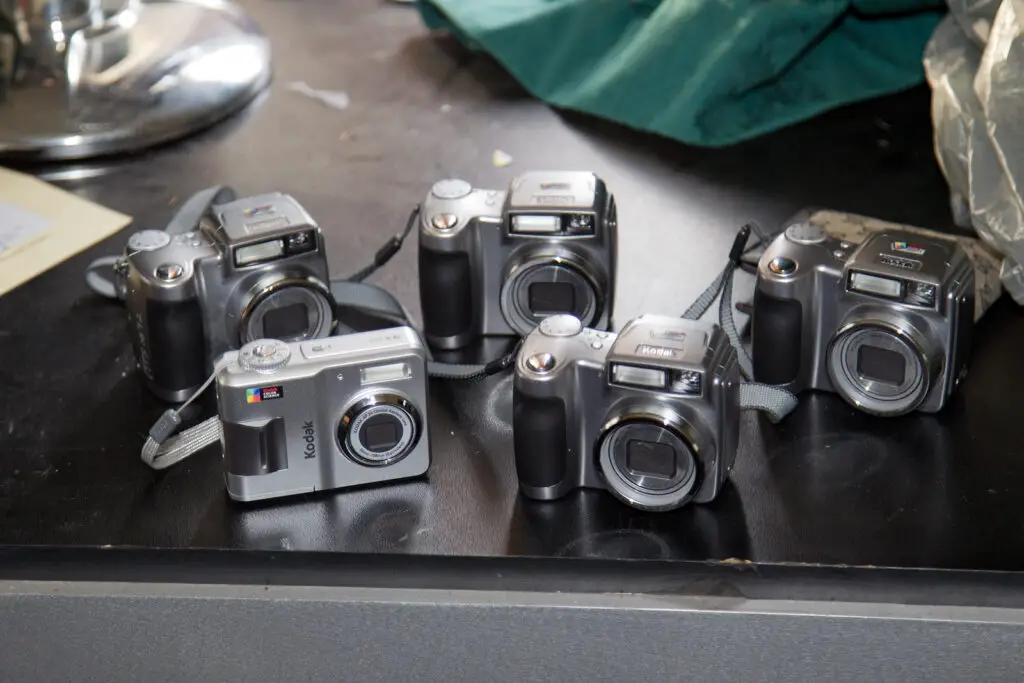
Vintage cameras attract strong interest because they bridge technology, history, and artistry. Collectors love everything from early box cameras to iconic Leica or Rolleiflex models. Dealers recognize their cross-market appeal to both photographers and antique lovers. At auction, even non-working examples can inspire spirited bidding due to design and rarity.
The most desirable cameras are those linked to innovation, famous photographers, or limited production runs. Original accessories like cases or lenses can boost value significantly. With film photography experiencing a revival, demand is climbing again. Dealers know these machines capture more than images—they capture history itself.
This post 21 Common Antiques That Dealers Fight Over Every Auction was first published on Greenhouse Black.
